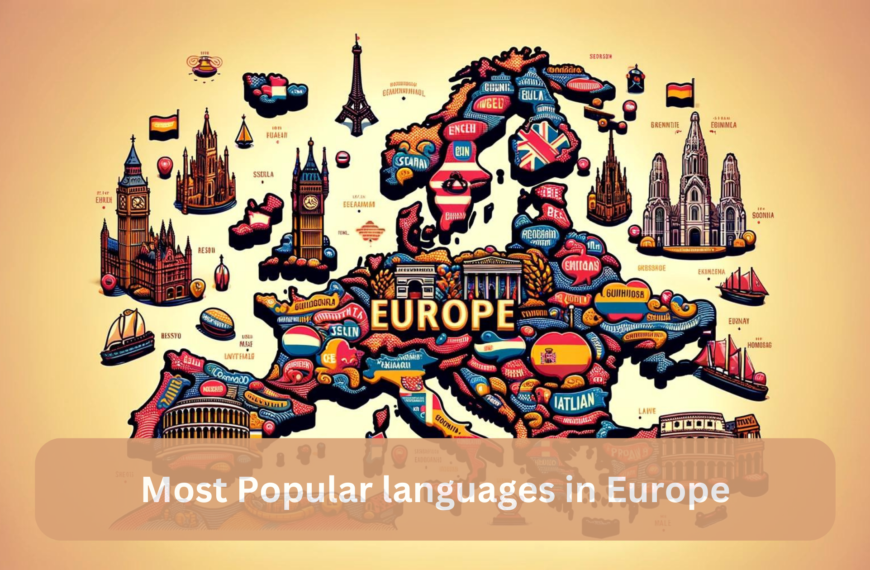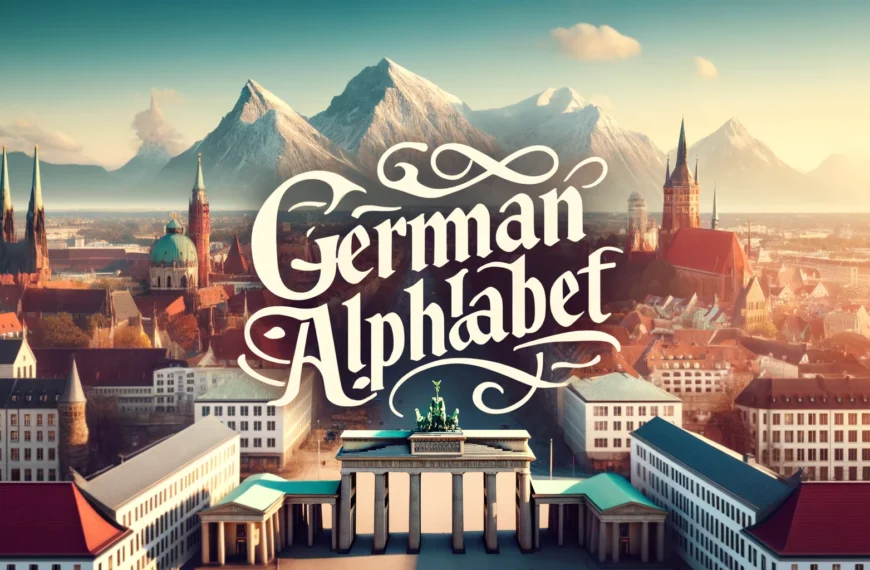
Navigating through German-speaking countries can be a thrilling adventure, whether you’re strolling through the bustling streets of Berlin or exploring the scenic routes of Bavaria. However, getting around can become a challenge if you’re not familiar with the language. Knowing how to ask for directions in German is crucial for any traveler wanting to enhance their experience and move confidently across different regions. This article provides essential German phrases for asking directions and tips on how to understand and utilize the responses effectively.
Essential Phrases for Asking Directions in German
Before jumping into the phrases, let’s cover a few basic terms related to directions that you might frequently encounter:
- Links: Left
- Rechts: Right
- Geradeaus: Straight ahead
- In der Nähe: Nearby
- Weit weg: Far away
- Straße: Street
Equipped with these terms, you can now learn some key phrases to help you ask for directions:
- Wo ist…? – Where is…?
- Example: Wo ist der Bahnhof? (Where is the train station?)
- Wie komme ich zu…? – How do I get to…?
- Example: Wie komme ich zum Museum? (How do I get to the museum?)
- Können Sie mir sagen, wie ich zu… komme? – Can you tell me how to get to…?
- Example: Können Sie mir sagen, wie ich zum Flughafen komme? (Can you tell me how to get to the airport?)
- Ist es weit? – Is it far?
- Example: Ist es weit zum Hotel? (Is it far to the hotel?)
- Gibt es eine Bushaltestelle in der Nähe? – Is there a bus stop nearby?
- Example: Gibt es eine Bushaltestelle in der Nähe? (Is there a bus stop nearby?)
- In welche Richtung muss ich gehen? – In which direction do I need to go?
- Example: In welche Richtung muss ich gehen, um zur Post zu kommen? (In which direction do I need to go to get to the post office?)
- Ist dieser Weg der richtige für…? – Is this the right way to…?
- Example: Ist dieser Weg der richtige für das Schloss? (Is this the right way to the castle?)
Understanding Responses
When asking for directions in German, the responses you receive will typically use the terms listed above. Here’s how to understand common directional cues:
- Gehen Sie links/rechts. – Go left/right.
- Example: “Gehen Sie links an der nächsten Kreuzung.” (Go left at the next intersection.)
- Gehen Sie geradeaus. – Go straight ahead.
- Example: “Gehen Sie geradeaus bis zur Ampel.” (Go straight ahead to the traffic lights.)
- Es ist nicht weit. – It’s not far.
- Example: “Es ist nicht weit, nur etwa fünf Minuten zu Fuß.” (It’s not far, just about five minutes on foot.)
Tips for Asking for Directions in German
- Speak Clearly and Politely: Use simple language and always be polite by adding “bitte” (please) to your requests.
- Carry a Map or Use a GPS: Sometimes, pointing to a location on a map or showing it on your GPS can help the person understand exactly where you need to go.
- Listen Carefully and Take Notes: If you’re unsure about remembering the directions, don’t hesitate to write them down or ask the person to repeat them slowly.
- Thank the Helper: Always end your interaction with a polite “Danke” (thank you) to show your appreciation.
Asking for directions in German can greatly improve your travel experience in German-speaking countries. By learning these essential phrases and following the tips provided, you’ll be able to navigate more confidently and efficiently. Remember, practice makes perfect, and locals generally appreciate it when travelers make an effort to speak their language.
About Lingostry
Welcome to Lingostry, where language learning meets storytelling magic! At Lingostry, we’re passionate about making language learning enjoyable and engaging. With a focus on stories, dialogues, book summaries, TV shows, and movie summaries, we offer a unique approach to language acquisition that combines entertainment with education. Dive into our immersive content, explore new cultures, and learn new languages in a fun and memorable way. Join our community of language enthusiasts and embark on an exciting journey of discovery and growth with Lingostry today!












